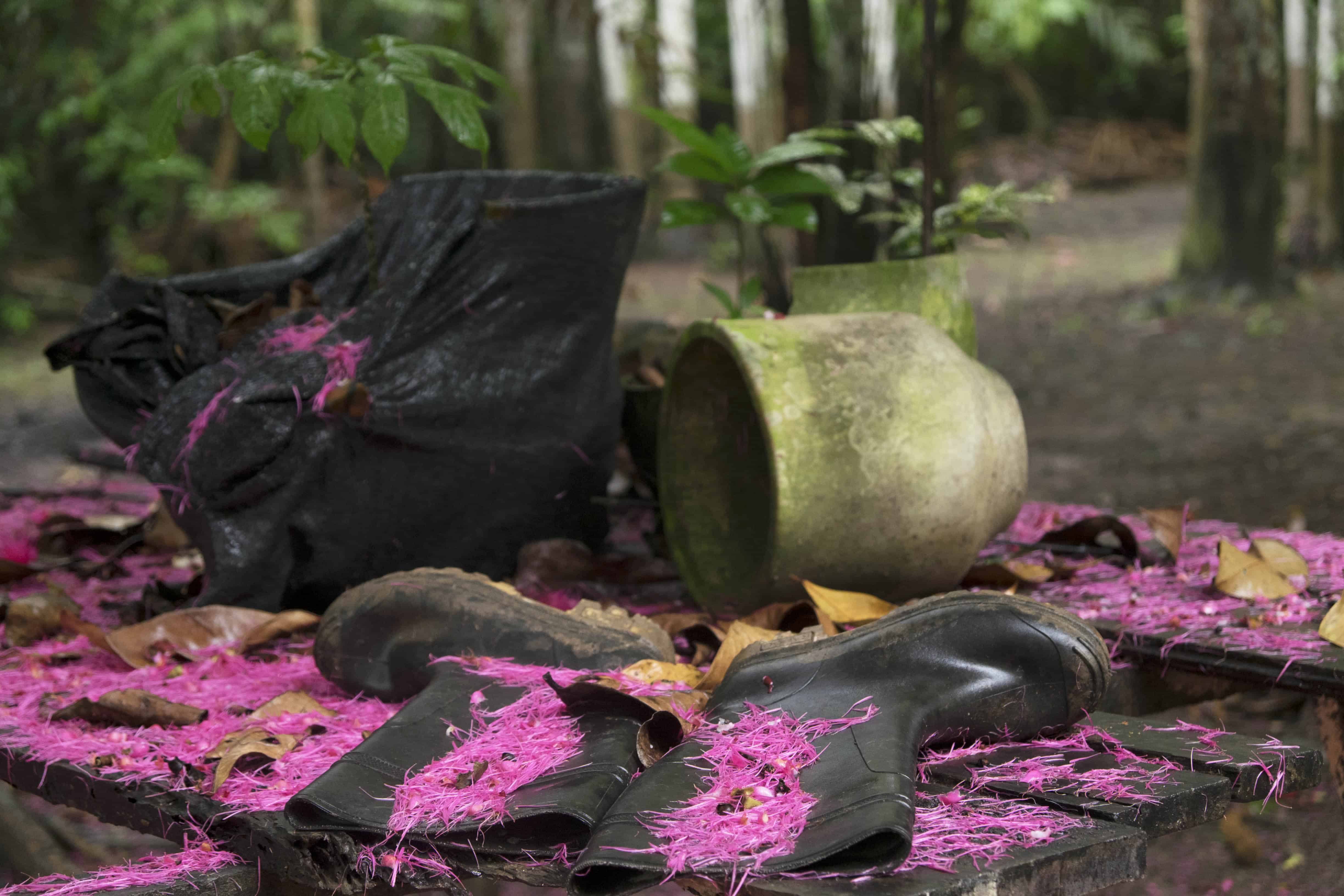IQUITOS, Peru – The wooden path through the resort curves its way into the jungle, branching out into side trails that lead to huts with names like “Anaconda” and “House of Dreams.”
The centerpiece of the retreat is a round temple made of wood, where mattresses lie in a circle, each with a roll of toilet paper and a red bucket to puke in. To the chanting of shamans, ayahuasca induces vomiting, which is supposed to be a means of cleansing the body from toxins and bad emotions.
But it is not only the ayahuasca – the psychedelic jungle vine that can induce strong hallucinations – that attracts visitors to more than 40 retreats surrounding the port city of Iquitos in Peru’s northern Amazon. It is also the combination of healthy vegetable-based diets with a bit of fish or chicken, the serenity of the jungle, and other traditional shamanic substances like the poisonous sweat of a certain toad, the hallucinogenic San Pedro cactus or a brew of tobacco that continues to lure people from abroad to these remote areas.
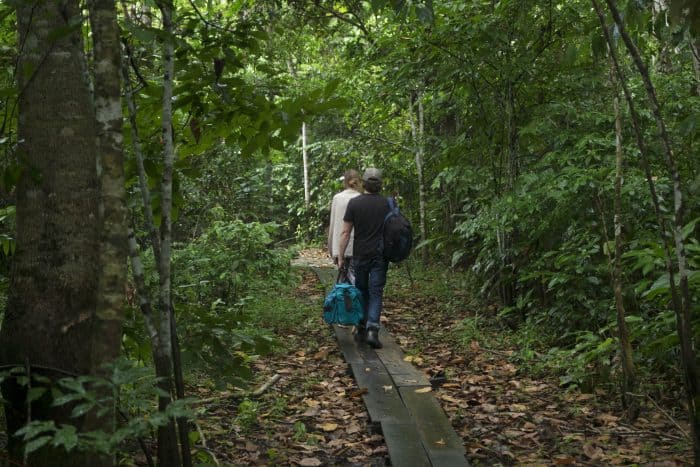
Julian Mores, a logistical assistant in one of these retreats, told The Tico Times: “The media mostly don’t understand what is going on here. They will consider it a magical bullet, with power to cure cancer after one ceremony, or they look at it as a hedonistic jungle tripping party. Plant medicine is neither: Through ayahuasca and other plants you can learn more about living in a way that keeps you healthy at all times, but it’s a long path to take.”
Either way, people are willing to pay up to $2,000 for a 10-day retreat, and afterwards they tell their friends back home to go, too. In fact, one reason many people go to a retreat is because they heard about it from a friend.
That’s what brought Tony Cull from Glasgow, Scotland, who has taken a year off from selling life insurance back home. He arrived by plane in Iquitos with his girlfriend, carrying a large backpack and wearing a baseball cap.
“I checked out a few good reviews on TripAdvisor before coming here,” he said, wiping the sweat from his face. “I have heard people say a lot of things about how nature is alive, but to be honest, I never see it. I look at a tree and I just see a tree. Hopefully this will connect me more to nature. My girlfriend would hug a tree, but I am just too skeptical for that.”
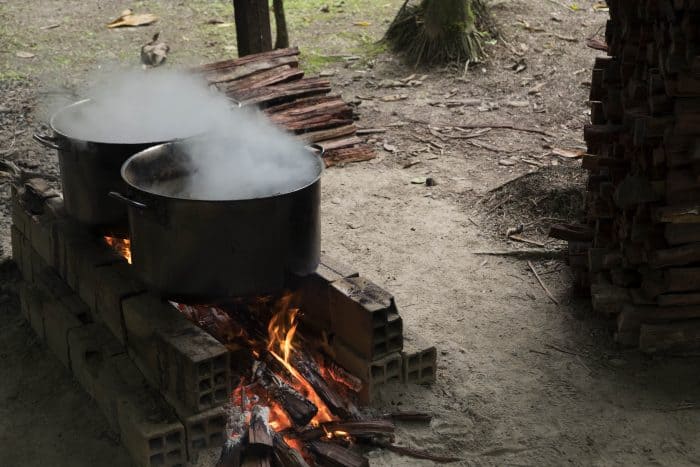
A gift of nature
Villagers living in the Amazon earn less than $100 a month – if they have an income at all. Sometimes it’s as little as $10 a month. To find a job in a retreat either as a shaman or a general worker is a big financial boost. One of the women working in a kitchen said these types of jobs are highly sought. In the retreat The Tico Times visited, more than 10 foreigners were staying at the moment, bringing in roughly $1,500 a day.
As commercial interests have grown, so have the number of incidents related to the use of medicinal plants. At least five people have died during visits to retreats in Peru in the past five years. In 2012, after 18-year-old Kyle Nolan from northern California died after taking ayahuasca, a shaman hid his body in the jungle. This year, New Zealander Matthew Dawson-Clarke died after drinking a tobacco brew.
Though not many embassy officials replied to our requests for information, a spokesperson from the Canadian Embassy said they have a warning for spiritual cleansing ceremonies in the embassy’s travel advisory.
An official from the Swedish Embassy mentioned two cases of Swedes who had medical problems after taking part in a medicinal plant ceremony. One awoke from a coma with brain damage after three weeks; the other suffered a psychotic breakdown and was hospitalized in Lima.
Most of the cases can probably be linked either to a combination of drugs – cocaine in one case and Prozac in another – or to the adding of other components, such as the possible lethal hallucinogen datura, to intensify the experience.
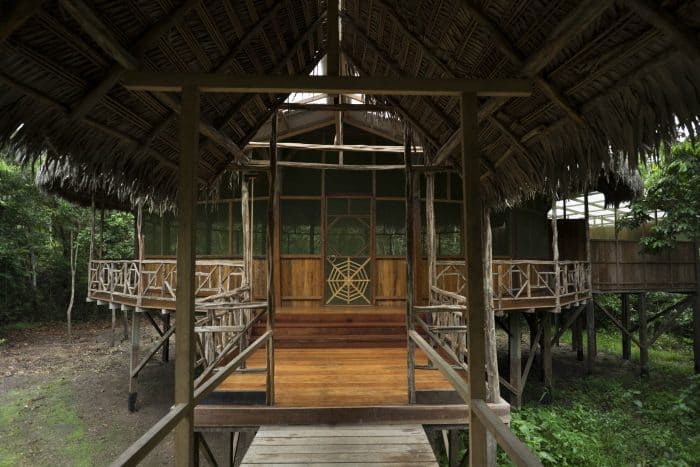
The lack of regulation is clear in Iquitos. Neither the tourism police nor the municipality can provide statistics regarding the number of incidents – or even the number of shamans working in the area. Only a handful of retreats are registered with the government, but basically no one oversees what they actually add to their brews. Worse, there are rumors of rapes and harassment committed during some of the ceremonies. A law to regulate the retreats is supposedly in the making.
According to 31-year-old tour guide Ángel Brian Cabudivo Aquituari, a member of the Kukama tribe and grandson of a traditional healer, some of the retreats have gotten it all wrong anyway.
“The ayahuasca is for the healer to take occasionally so he can properly diagnose the patient. It’s not for the patients to take themselves,” he told The Tico Times. “With ayahuasca you see the spirits of things. I saw my grandfather treat a snakebite as he chanted to the venom-spirit to leave the body. But my grandfather would never charge anything for his work. It was a gift of nature to be a traditional healer, which should be shared with people who are sick. The fact that people die in Iquitos shows the ayahuasca plant is angry – she doesn’t like the commercialization.”
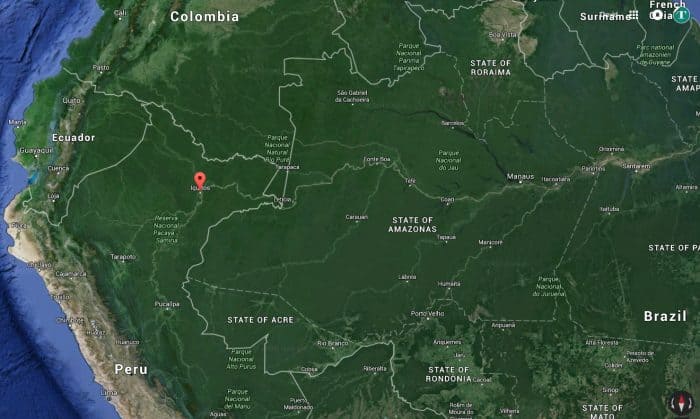
Reasons vary for people to come to Iquitos for the ceremonies. Many travelers see the ayahuasca experience as a part of their holidays, whereas others try to cure themselves of various diseases or addictions. A Canadian couple in their early thirties, who asked that their names not be published, said they came to cure anxieties and the arthritis of one of them. They left the center, though, on the second day of what was supposed to have been a 10-day program.
“We had expected a clear program: five ayahuasca sessions, some San Pedro and the toad,” said one of the Canadian travelers. “Our shaman turned out to be an Irish guy instead of the indigenous one they advertised on the website, and it turned out they didn’t do San Pedro. When we complained, he said we were only thinking about the money, and he even bragged about being the best shaman in the world.”
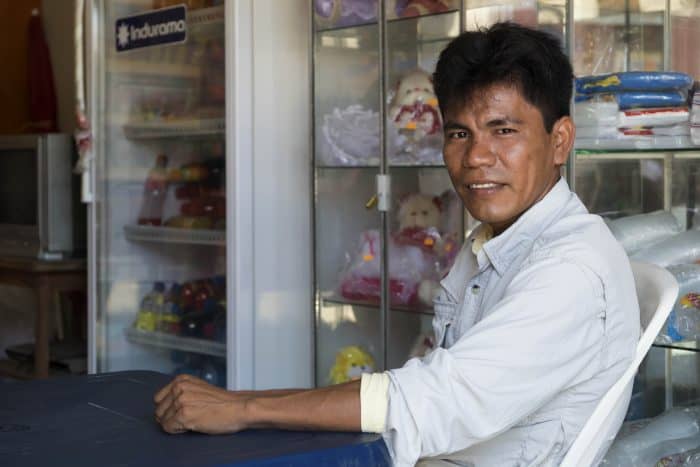
Shamanic wars
There are, however, certainly travelers who find their way into Iquitos and have a positive or even life-changing experience. Many foreigners even settle down in or around Iquitos, sometimes to start their own retreat, as did William Menech.
“A $150-a-day retreat seems to be a lot,” he said over coffee on the boulevard in Iquitos, which overlooks the lush, green Amazon jungle. “But the people get food, lodging, the medicine, and help from the staff. For this money they get a safe environment to take it. There is profit, as we all have to eat. But there are maybe a handful who are really in it to make big bucks. The majority of the people running retreats have been touched by what ayahuasca has done for them, and want to share that feeling.”
Menech is surprised people would even consider it as merely an experience, such as skydiving or sandboarding.
“Facing a lot of your own issues is difficult,” he said. “That is the thing of ayahuasca: It will grab you, and tell you exactly what your issue is.”
According to Menech, a greater danger than the unethical ways in which some people run their businesses are the shamans who work with “negative energy.” They come from a black magic tradition that used to be a powerful weapon in tribal wars in the Amazon, he said.
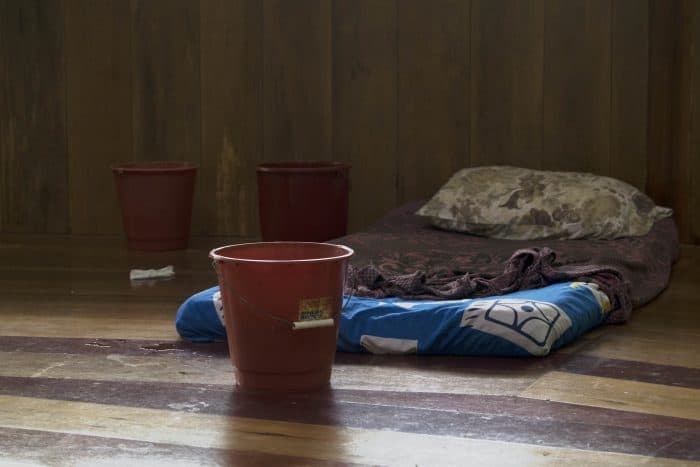
The biggest puker
Via a relative living in Iquitos, Leticia from England found her way to a shaman who didn’t work for a big retreat. She paid only $30 for her stay, the food and the ceremony. But the next morning she came back to Iquitos terrified.
“It was a horrible experience,” she said. “I didn’t come out here to do this, but went because my nephew was so positive about it. That night, there were all these other Westerners very enthusiastic about the stuff, but they were all very skinny and had these tattoos on their arms. It was an uncomfortable atmosphere, and I basically drank the stuff because everyone insisted.”
From the moment the ayahuasca began to have its psychoactive effect – when the psychoactive molecule DMT is absorbed by the body – Leticia fought the experience. She had terrifying hallucinations of snakes and insects crawling all over her body. The ayahuasca itself spoke to her in visions, asking what she was doing there if she didn’t want the experience, and telling her she was small and insignificant.
A few days later, Leticia was more at ease. “I once had a bad trip on LSD, which haunted me for months. I was afraid that would happen again, but after the initial shock during the ayahuasca ceremony, I now feel better – more so than I have felt in a long time. I think I might go back again, although I will make sure I don’t drink it because others insist that I do.”
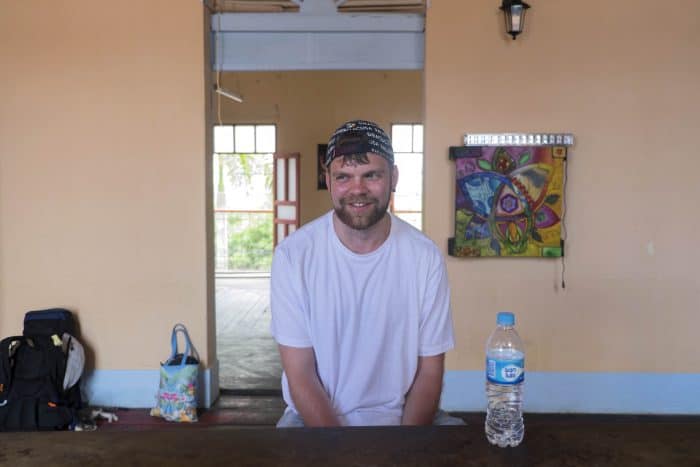
Tony Cull returned after his 10-day retreat happily drinking a beer on the boulevard of Iquitos with three women from his group. He said he had a good time, although he puked much more than the others.
“I had the feeling I was literally spitting out all my stupid beliefs. I really do feel liberated from a lot of grudge and anxiety that was always in the way of simply being myself,” he said. “Yes, doing this was the best decision I made in my life.”
Cull said he found that contact with nature for which he had been searching.
“I could feel that everything is alive. The ayahuasca plant was talking to me. It told me love is the only thing that exists,” he said, lifting his glass into the air. “Moderation would also do me good, I learned, but I will not stop drinking beer. I like beer.”

